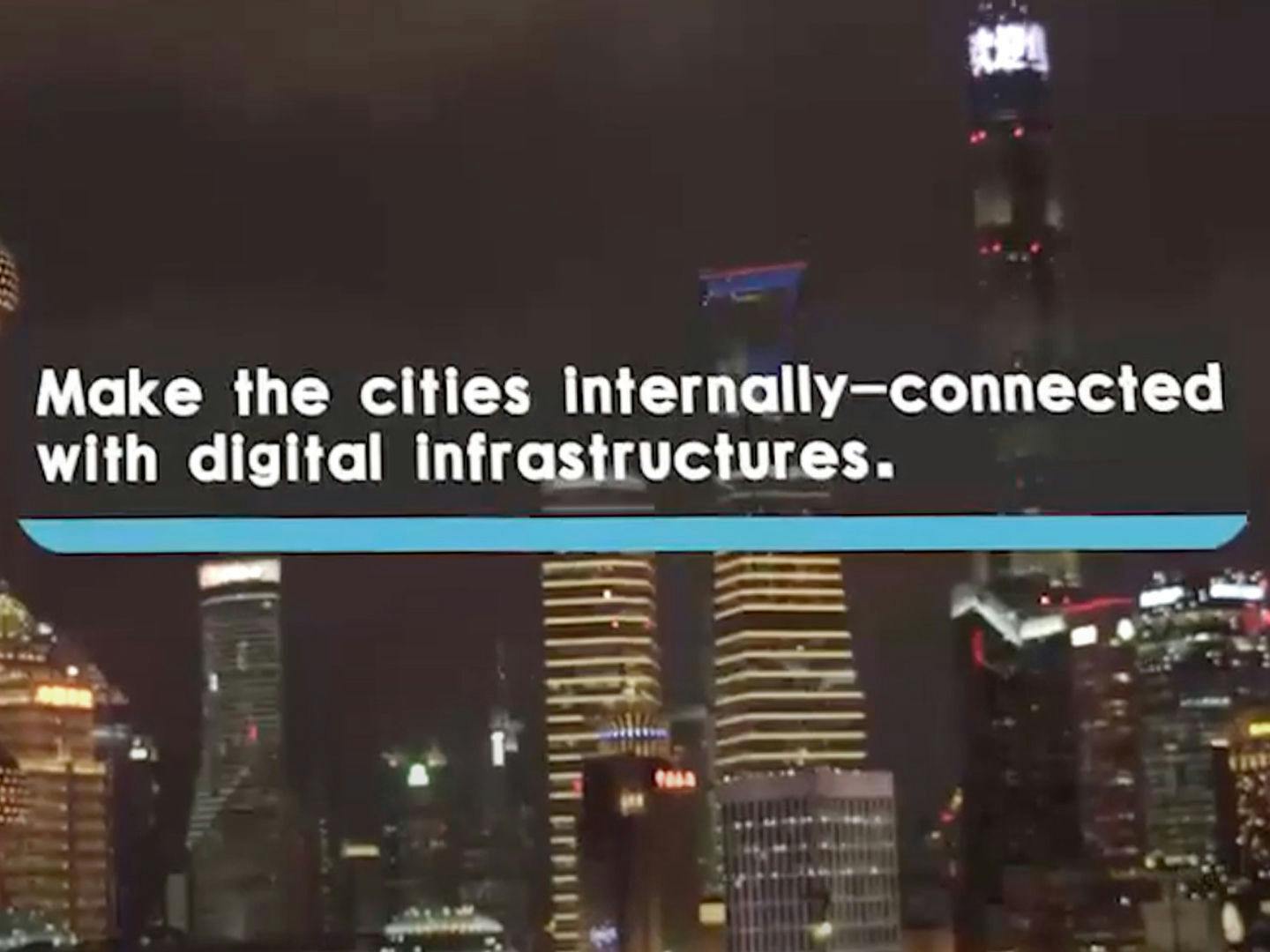Transcript of video:
2018 marks the 40th anniversary of the Reform and Opening up of China. Nowthe country's GDP has risen to 14 trillion US dollars, surging rapidly from the 283 billion US dollars in 1978. The urbanisation rate of China has reached 59 per cent in 2018, signifying an urban revolution and a developmental transition from quantity to quality. We are seeing historic opportunities arising, we are seeing the second transformation of China coming. Digitalisation, high-speed rail and rising middle classes are the three mega trends driving the second transformation. Powered by 5G,AI and IoT, digitalisation is going to connect everything and everyone, "Smartify-ing" all industries. The high-speed rail network is expanding the boundary of metro areas connecting all cities. Hundreds of millions of rising middle class people are ready to spend trillions of dollars for better products, better services and a better living environment.
We see that China is transforming and building hundreds of smart urbanised cities. One key success factor of which is to make the cities internally connected with digital infrastructures. China's started Smart City initiatives in more than 500 cities, and more than 500 billion Chinese Yuan has been invested. There are four phases of Smart City development in China electronisation, informatisation, intelligentisation and mirror world. The product of a Smart City is actually the "services". There are several key technical fields in the process of intellectualising the cities. Digital Twin and simulation, in which the physical space of a city is digitalised and one-to-one mapping is made. everything including people cars and objects has a digital identity which is their digital skin. We're talking about the concept of Digital Twin here, which is a data replication. It's to the mirror of the world and seamlessly allow the virtual entity to exist with a physical entity. The calculation of big data provides advanced solutions for urban planning and governance, and forms an algorithm for urban management. Prediction and preaction are what we want to do. Edge computing technology will empower the device to offer the service with zero delay. In particular, it will make driverless cars an intelligent transportation, possible. The previous generation of Smart City solution was to utilise a cloud-pipe-device setup and now, we are also adopting the edge computing technology in our design and planning, in order to make our facilities even smarter and more efficient. In the process of intelligentisation, the city provides residents more and more convenient services. At the same time, it will create more business opportunities and jobs while making the city more environmentally sustainable. In the end, people are going to work better and live better. Driverless cars, IoT and AI are going to change our lives dramatically. Today there is a consensus that in the next 10 years or even 20 years, the digital industry is going to be the core driving force of China's economy. 3G started the PC Internet era, when Google and Facebook arose to internet dominance. 4G started the mobile Internet era, when Apple, Microsoft and Amazon became trillion dollar companies and two Chinese companies Alibaba and Tencent, for the first time became the world's leading technology companies. Now, 5G is coming and China is leading the race. A new world is at its birth. Your choice, risk it? Or miss it?







